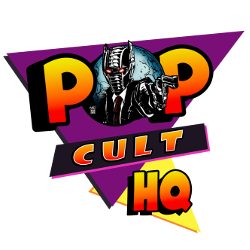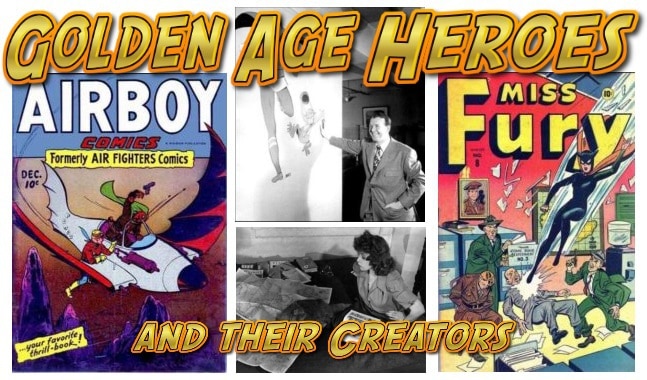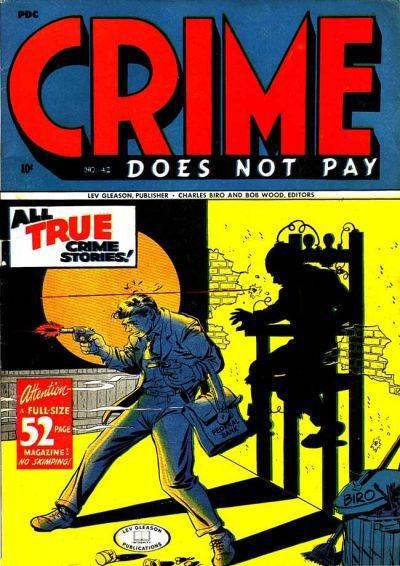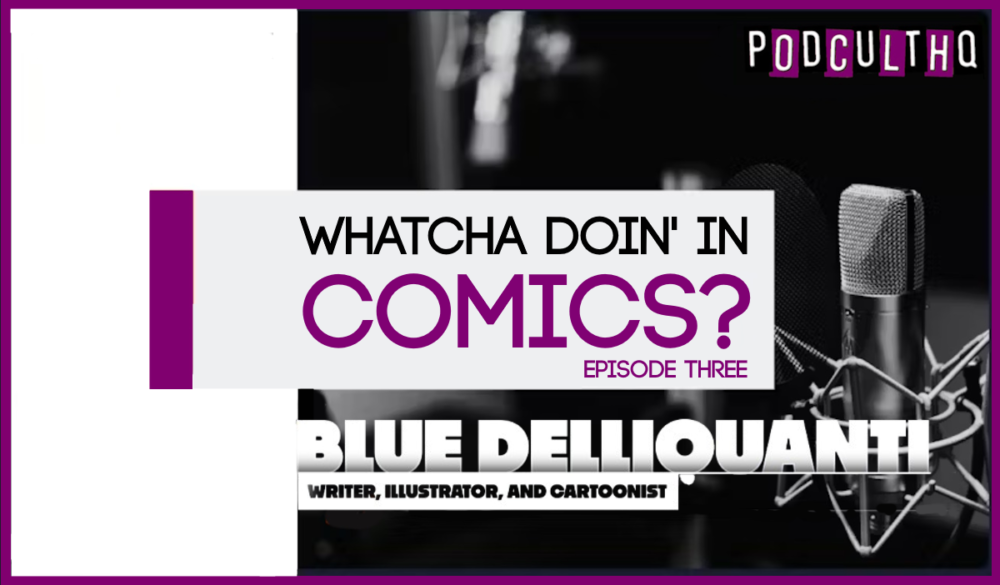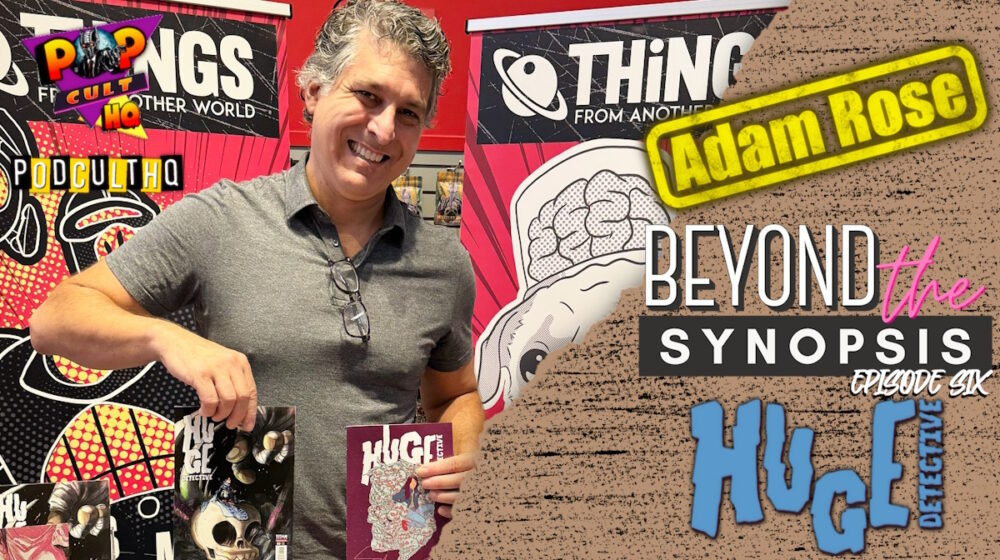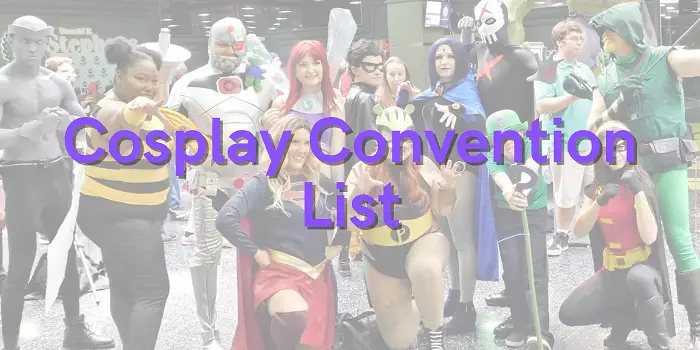The Golden Age of Comics broke ground with many famous superheroes and their creators getting started during this time. But what about other heroes, ones who were not published directly by DC (then National Allied Publications) or Marvel (then Timely Publications)? For every child who read comics during those years, there was a hero or heroine that they could latch onto and enjoy. Therefore, for a dash of historical fun, here are two costumed champions of the Golden Age and the people who made them what they were.
Miss Fury
 With all the men running around in tights and capes fighting crime during the 1940’s, there was just as much market demand for women fighting crime as well. Miss Fury (aka wealthy socialite Marla Drake) fought crime wearing a panther skin that gave her increased strength and speed, which she used in taking down the usual slew of criminals and foreign agents during her career (particularly Nazi agents Erica von Kampf and General Bruno Beitz). Miss Fury’s adventures were not just confined to comic books (her own book ran for eight issues from 1942-1945, published by Timely), the bulk of her crime fighting was done in the Sunday funnies sections of newspapers. Her debut strip was April 6, 1941 and ran until 1952. In a similar style to the Brenda Starr newspaper strip, Miss Fury didn’t just fight crime but also wore the latest high fashions in her civilian identity (there were even paper dolls of the character made with a wardrobe to go with). Miss Fury has been revived over the years, both by Marvel Comics and in recent years by Dynamite Entertainment, proving that there is still readership interest in the character.
With all the men running around in tights and capes fighting crime during the 1940’s, there was just as much market demand for women fighting crime as well. Miss Fury (aka wealthy socialite Marla Drake) fought crime wearing a panther skin that gave her increased strength and speed, which she used in taking down the usual slew of criminals and foreign agents during her career (particularly Nazi agents Erica von Kampf and General Bruno Beitz). Miss Fury’s adventures were not just confined to comic books (her own book ran for eight issues from 1942-1945, published by Timely), the bulk of her crime fighting was done in the Sunday funnies sections of newspapers. Her debut strip was April 6, 1941 and ran until 1952. In a similar style to the Brenda Starr newspaper strip, Miss Fury didn’t just fight crime but also wore the latest high fashions in her civilian identity (there were even paper dolls of the character made with a wardrobe to go with). Miss Fury has been revived over the years, both by Marvel Comics and in recent years by Dynamite Entertainment, proving that there is still readership interest in the character.
Miss Fury Creator – June Tarpé Mills
Marla Drake’s Sunday adventures were written and drawn by June Tarpé Mills, one of the first women to break into the comics business  when it was primarily dominated by men. She was born in 1918 in Brooklyn NYC to a widowed mother who also had taken in the children of June’s deceased sister. Breaking into the world of modeling while pursuing her studies at the Pratt Institute, June also became a fashion illustrator. This lead to her dabbling in the comics field before creating Miss Fury for the Bell Syndicate in 1941. Using her middle name as her nom de plume, June broke down many barriers by having Marla Drake remain unmarried, and also adopting the child of her archenemy Erica von Kampf and raising him on her own. The progressiveness of the strip made it immensely popular with readers, circulating in over 100 newspapers during the course of its run. Sadly, health problems forced June to contribute less and less to her creation, and after the strip ended, she worked primarily in commercial for the rest of her professional life, resurfacing briefly in the 1970’s to write for Marvel and to also contribute paintings to graphic novel collections of Miss Fury’s stories. June Tarpé Mills passed away in 1988, she was 70 years old, leaving behind a legacy of amazing art, and a compelling character who delighted people for many years.
when it was primarily dominated by men. She was born in 1918 in Brooklyn NYC to a widowed mother who also had taken in the children of June’s deceased sister. Breaking into the world of modeling while pursuing her studies at the Pratt Institute, June also became a fashion illustrator. This lead to her dabbling in the comics field before creating Miss Fury for the Bell Syndicate in 1941. Using her middle name as her nom de plume, June broke down many barriers by having Marla Drake remain unmarried, and also adopting the child of her archenemy Erica von Kampf and raising him on her own. The progressiveness of the strip made it immensely popular with readers, circulating in over 100 newspapers during the course of its run. Sadly, health problems forced June to contribute less and less to her creation, and after the strip ended, she worked primarily in commercial for the rest of her professional life, resurfacing briefly in the 1970’s to write for Marvel and to also contribute paintings to graphic novel collections of Miss Fury’s stories. June Tarpé Mills passed away in 1988, she was 70 years old, leaving behind a legacy of amazing art, and a compelling character who delighted people for many years.
Airboy
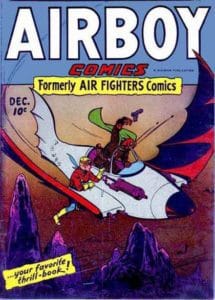 As far as the modern age of comics is concerned, its standard for comics to not just be about adults fighting crime but children too. But back in the Golden Age, kids were primarily relegated to the role of sidekick to their adult crime-fighter counterparts (Batman and Robin, Captain America and Bucky, Human Torch and Toro, Mr. Scarlet and Pinky, The Shield and Dusty the Boy Detective, etc.).
As far as the modern age of comics is concerned, its standard for comics to not just be about adults fighting crime but children too. But back in the Golden Age, kids were primarily relegated to the role of sidekick to their adult crime-fighter counterparts (Batman and Robin, Captain America and Bucky, Human Torch and Toro, Mr. Scarlet and Pinky, The Shield and Dusty the Boy Detective, etc.).
Over at Hillman Periodicals, Charles Biro changed the rules with the creation of kid aviator Airboy who flew across comic pages in a plane that had wings which also functioned like birds! Airboy (David “Davy” Nelson II) first hit newsstands in Air Fighter Comics #2 (November 1942), and remained a firm fixture of the book, even taking it over with the title of Airboy Comics in December of 1945 until its cancellation in May of 1953. During his run as prince of the skies, Airboy teamed up with other Hillman aviators including Sky Wolf, Black Angel, Flying Dutchman, Bald Eagle and Iron Ace. He even teamed up on occasion with The Heap (a 1940’s anti-hero who was essentially the predecessor of Swamp Thing and Man-Thing). In addition to a constant parade of pilots (most notably Valkyrie, a German aviatrix who later became his girlfriend) and various villains, Airboy battled against Misery, a supernatural villain who waged war in his Air Tomb (a ghostly plane that collected the souls of dead pilots). While Airboy’s adventures ended in 1953, interest in him revived with Eclipse Comics during the 1980’s and then again in 2014 when James Robinson wrote a new series for Image Comics.
Airboy Creator – Charles Biro
Airboy’s “father” Charles Biro, was a man who made his mark on comics, not just with his writing, but his editorial work too. Born in 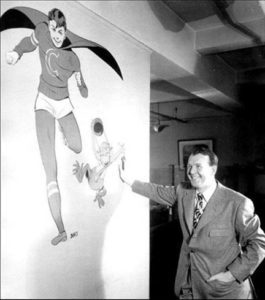 1911 in NYC, Charles studied at both the Brooklyn Museum School of Art and the Grand Central School of Art. Breaking into comics in 1936 under the tutelage of Harry “A” Chesler, Charles worked multiple roles as a writer, artist and supervisor. Soon after, he left for MLJ Publications where he wrote and drew the characters of Steel Sterling and Sgt. Boyle, before leaving to spend the next 15 years over at Lev Gleason Publications as a writer and editor. During his stint at Lev Gleason, he took over the hero Daredevil (no relation to the Marvel Comics character) and also pioneered the famous Crime Comics genre with the series Crime Does Not Pay. It was then he also created Airboy for Hillman Periodicals. After leaving Lev Gleason in 1956 he spent his final years as a graphic artist at NBC. Charles Biro passed away in 1972, he was 61 years old. Of his legacy, Joe Brancatelli put it best in The World Encyclopedia of Comics: “If Jack Kirby was the most important artistic force in comics during the 1940s, Biro certainly proved to be the finest editor and writer. While others were providing escapist fantasy in their comic books, Charles Biro decided his books would be different and better. He even dubbed them ‘Illustories,’ but the name never caught on. Throughout his 16-year stint as editorial director and chief writer at Lev Gleason, Biro proved to be the most innovative and certainly most advanced writer in the comic book field.”
1911 in NYC, Charles studied at both the Brooklyn Museum School of Art and the Grand Central School of Art. Breaking into comics in 1936 under the tutelage of Harry “A” Chesler, Charles worked multiple roles as a writer, artist and supervisor. Soon after, he left for MLJ Publications where he wrote and drew the characters of Steel Sterling and Sgt. Boyle, before leaving to spend the next 15 years over at Lev Gleason Publications as a writer and editor. During his stint at Lev Gleason, he took over the hero Daredevil (no relation to the Marvel Comics character) and also pioneered the famous Crime Comics genre with the series Crime Does Not Pay. It was then he also created Airboy for Hillman Periodicals. After leaving Lev Gleason in 1956 he spent his final years as a graphic artist at NBC. Charles Biro passed away in 1972, he was 61 years old. Of his legacy, Joe Brancatelli put it best in The World Encyclopedia of Comics: “If Jack Kirby was the most important artistic force in comics during the 1940s, Biro certainly proved to be the finest editor and writer. While others were providing escapist fantasy in their comic books, Charles Biro decided his books would be different and better. He even dubbed them ‘Illustories,’ but the name never caught on. Throughout his 16-year stint as editorial director and chief writer at Lev Gleason, Biro proved to be the most innovative and certainly most advanced writer in the comic book field.”
